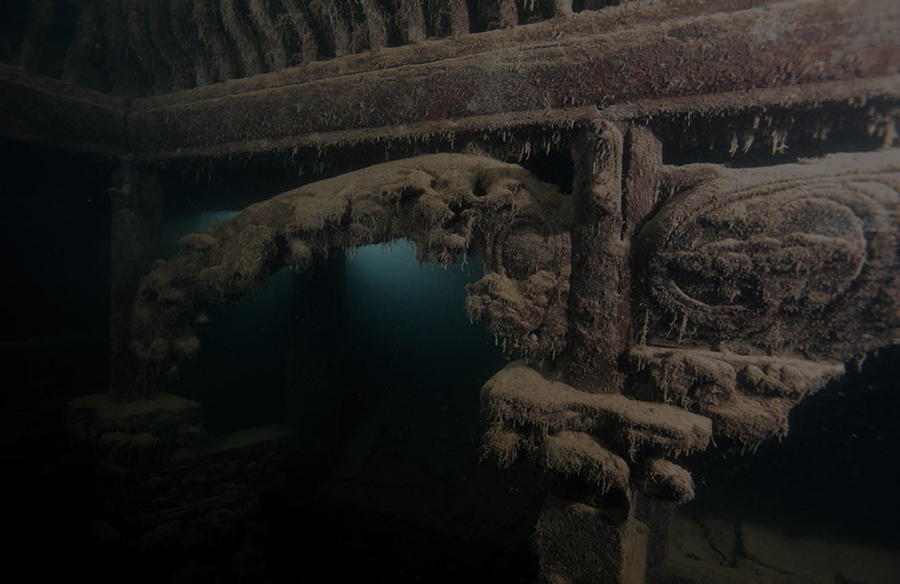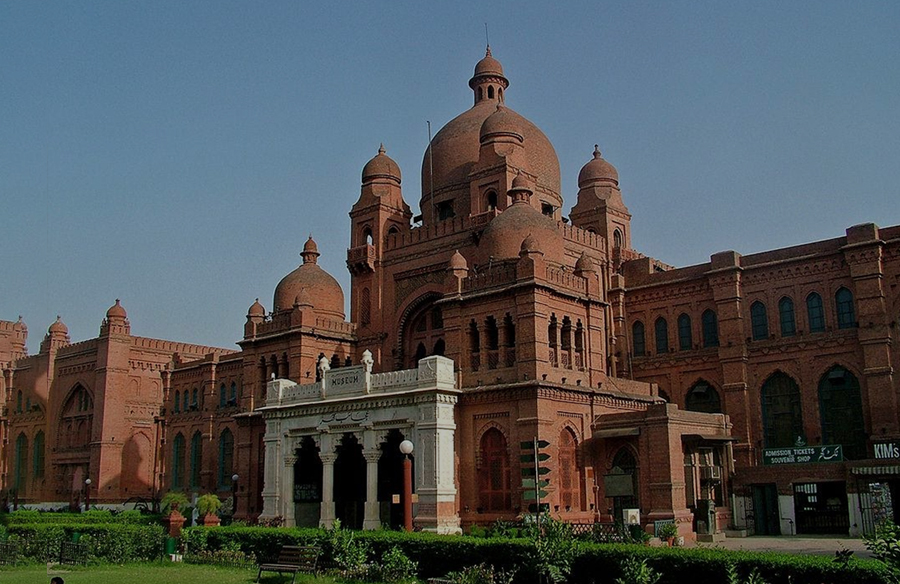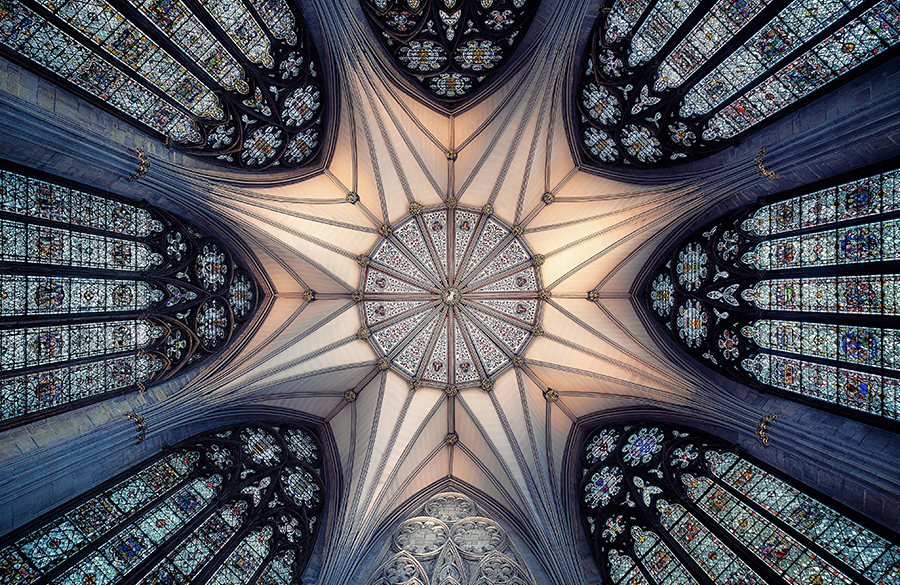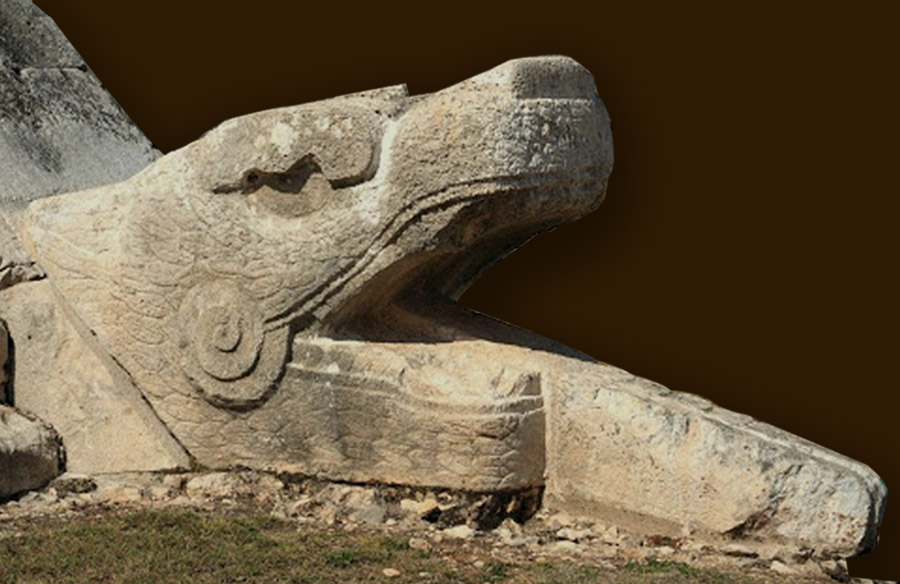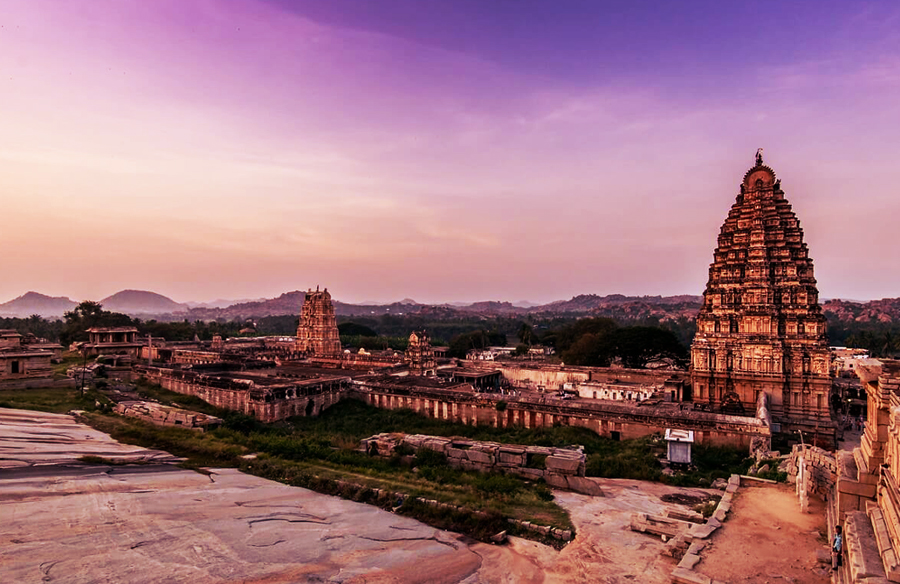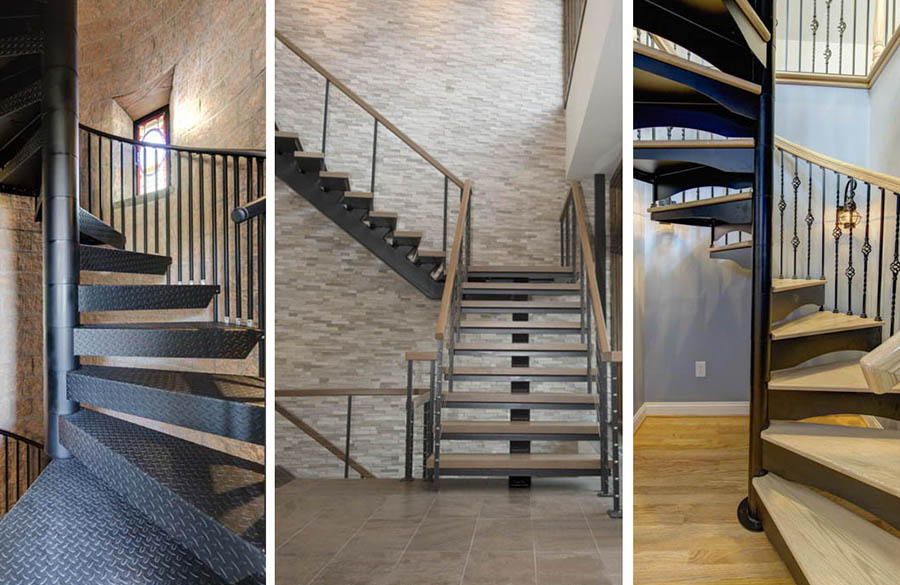The stories of flourishing cities and civilizations lost underwater have been common in many regions around the world – one of them being Atlantis from the famous writings of Plato. Whether it be a myth or reality, many historians and archaeologists have been intrigued with the description of Atlantis and in its search have found cities and civilizations submerged for centuries. Though Atlantis has not yet been found, in the process the cities and towns found were once the economic and cultural centers of the ancient world.
According to scientists, only 1% of the ocean bed is searched till date. By using new technology, SONAR scanning and 3D reconstructions, some of the cities lost in time have now come to life. It is due to this that we can now understand how beautifully these cities and towns were planned in ancient times.
1. Helike
Location – Peloponnesian peninsula
Helike was stated by Homer as the city that participated in the Trojan war alongside Agamemnon’s forces. It was a confederation of 12 principal cities located in Achaea on the Peloponnesian peninsula. It is considered as the religious, economic and cultural center of Achaea which worshipped Poseidon – the Greek God of earthquakes and sea. The city is located at one of the most active earthquake zones in Europe and sank due to a major earthquake in the region followed by a tsunami from the Gulf of Corinth.
Myth – According to a mythological story, Poseidon, the God of sea, was enraged with the inhabitants when they refused to give his statue to the Ionian colonists from Asia. According to some stories, the Ionian colonists were murdered too. Angry with this, God decided to punish the city inhabitants by sinking the city on the winter night of 373 BC.
Discovery – The city was rediscovered by a Greek archaeologist Dora Katsonopoulou, sunken in an inland lagoon. While excavating for the city of Helike, another Roman city and an early Bronze age settlement were also found. Finally, in 2001, Helike was found when trenches were excavated and the city was confirmed in 2012.
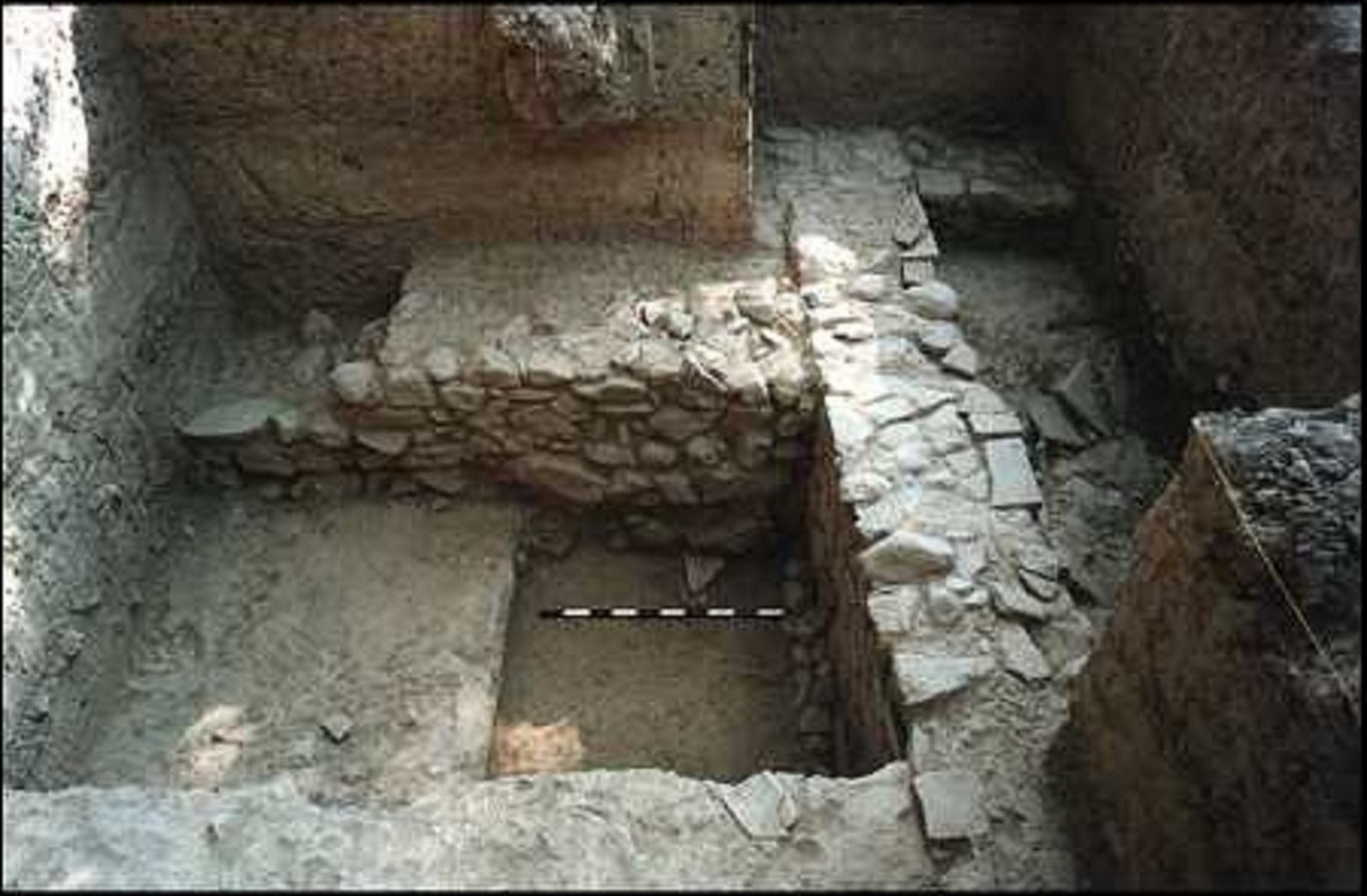
Architecture – The city of Helike had a Hellenic temple and the sanctuary of Helikonian Poseidon. In 2001, when trench excavations of 3 meters depth were made at the village of Rizomylos, demolished walls, pottery fragments, terracotta idols and coins from the 4th century BC were found. The entire site had been silted over the years. According to the excavations, the city had a complex of buildings, cobbled streets, various rooms with different sized pots which included ‘depas’ (a drinking cup of the Trojan type). At present, the site lies below the water table and is included in the list of 100 most endangered sites by the world monuments fund.
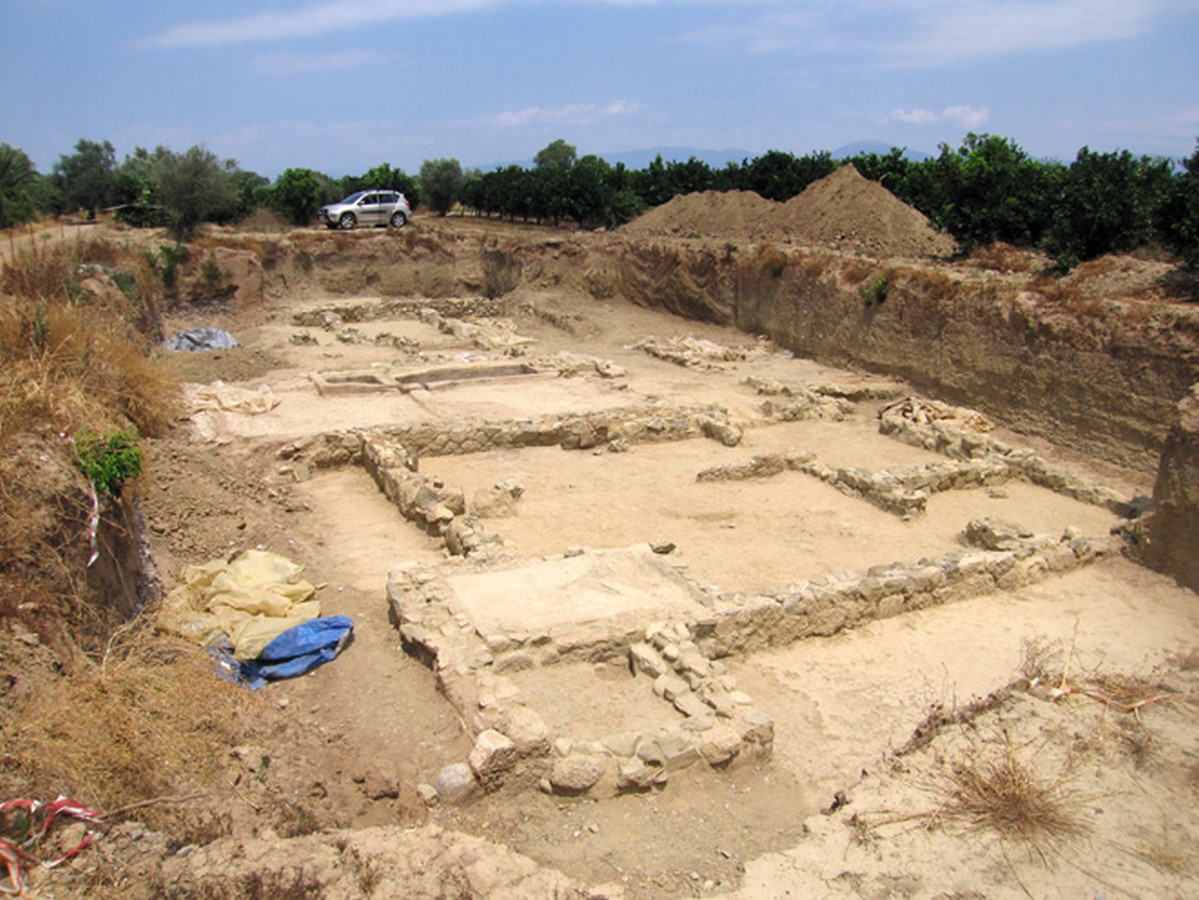
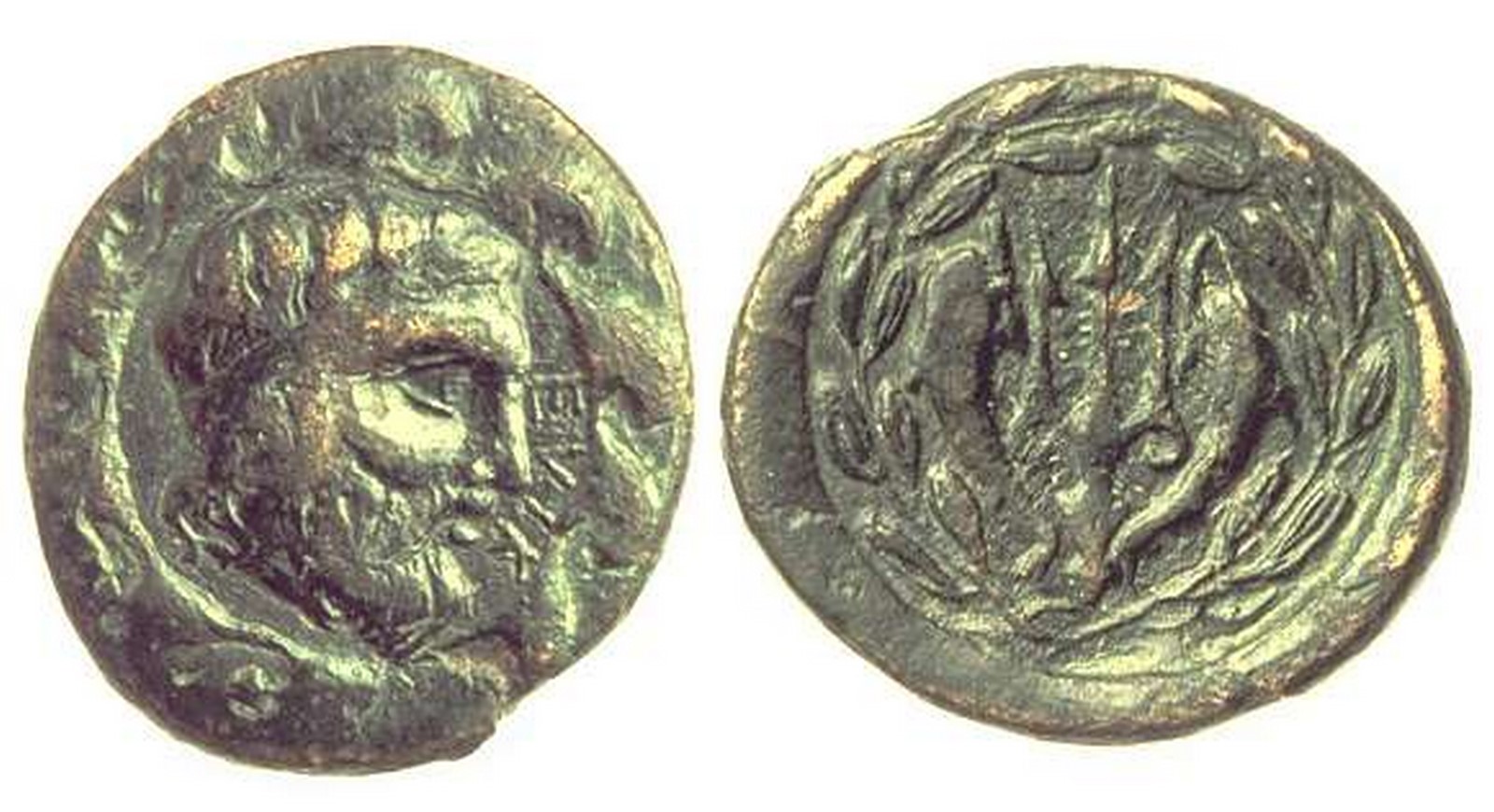
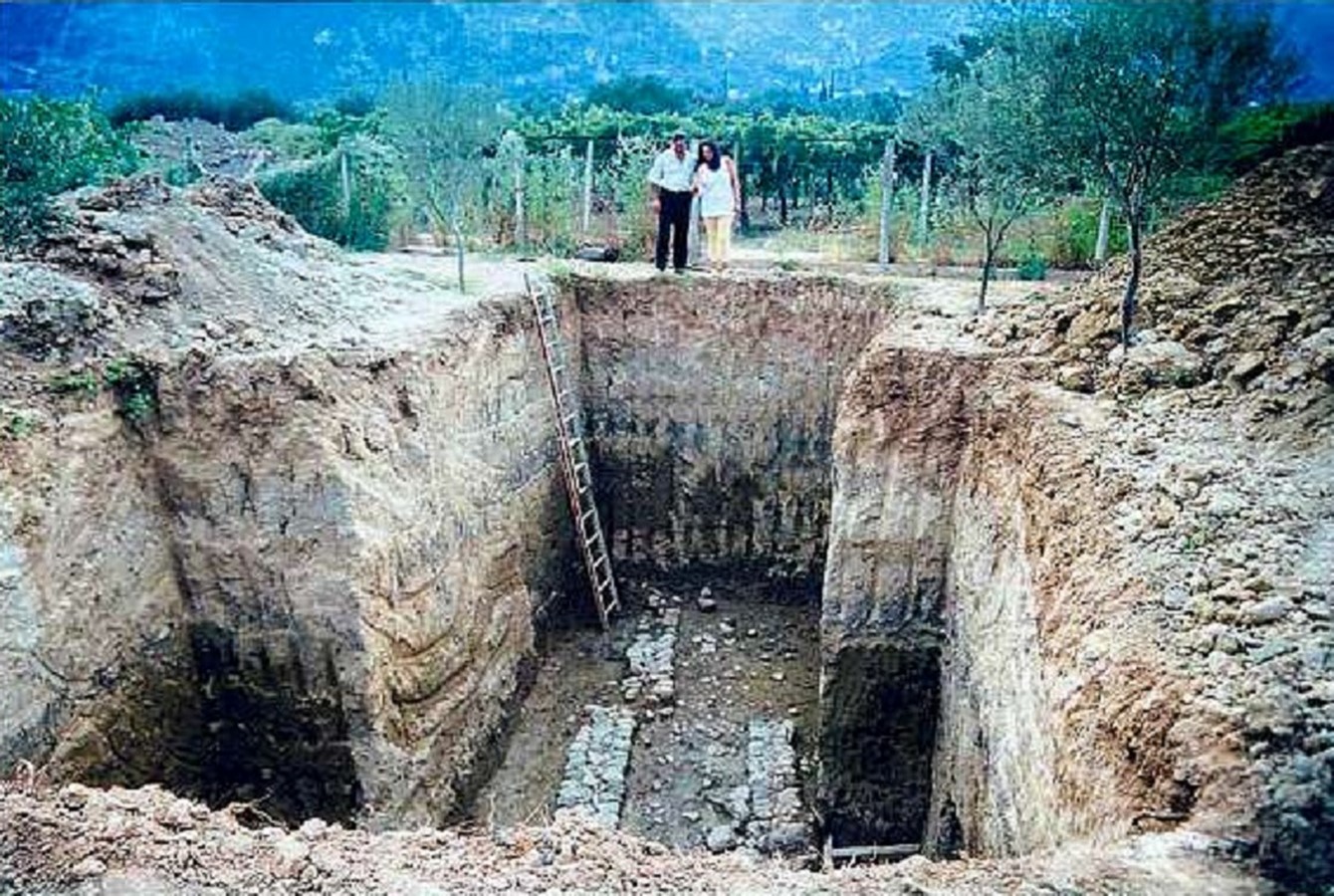
2. Pavlopetri
Location – Laconia, Greece
Pavlopetri was the center of commerce for Minoan and Mycenaean civilizations. It is located underwater off the coast of southern Laconia in Greece. The city is about 5000 years old which makes it one of the oldest submerged cities in the world. The things found at excavations date back to early bronze age from around 2800 BC. It is believed that Pavlopetri submerged around 1000 BC and never re – emerged on the face of earth after that. It is a part of underwater cultural heritage defined by UNESCO.
Discovery – In 1904, geologist Folkion Negri reported Pavlopetri as an ancient city in the seabed. In 1968, Dr. Nicholas Flemming mapped Pavlopetri with a group of archaeologists. From 2009 to 2013, a research program was taken by University of Nottingham for further archaeological investigations of Pavlopetri.

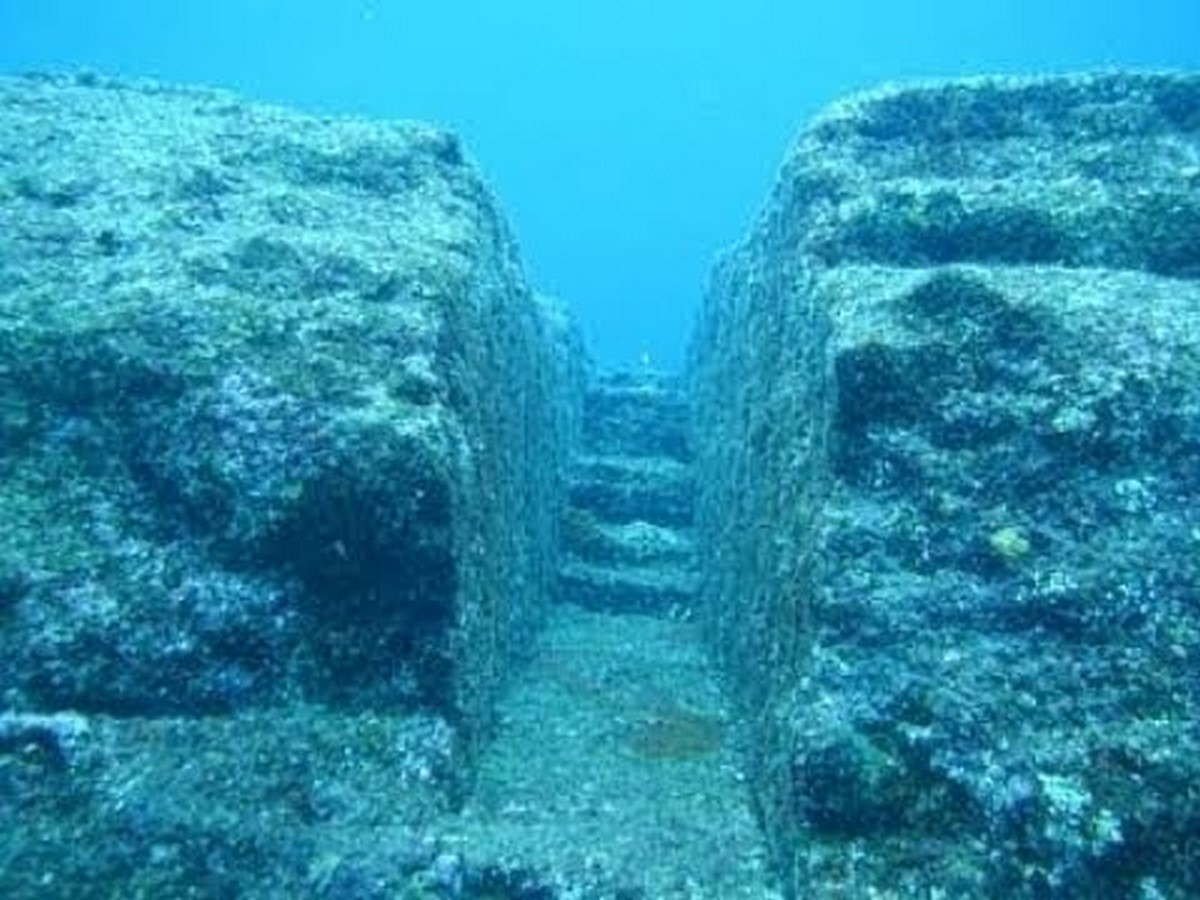
Architecture – The archaeological site of Pavlopetri lies 4 meters underwater where thousands of artifacts dating to the Mycenaean period were found. Pavlopetri is an incredibly well-designed city with roads, two – storey houses that had gardens, temples, cemetery and a complex water management system of water channels and pipes. The center of the city was a square or a plaza of 40 meters by 20 meters. Buildings of up to 12 rooms inside them have been found. According to Dr. John Henderson of University of Nottingham, none of the older cities can be considered to be well planned. The archaeological site spans for 9 acres. The arrangement of the city was so clear that it could be reconstructed in 3D. Amongst various artifacts scattered on the site are large clay storage containers, statues, everyday tools, etc.
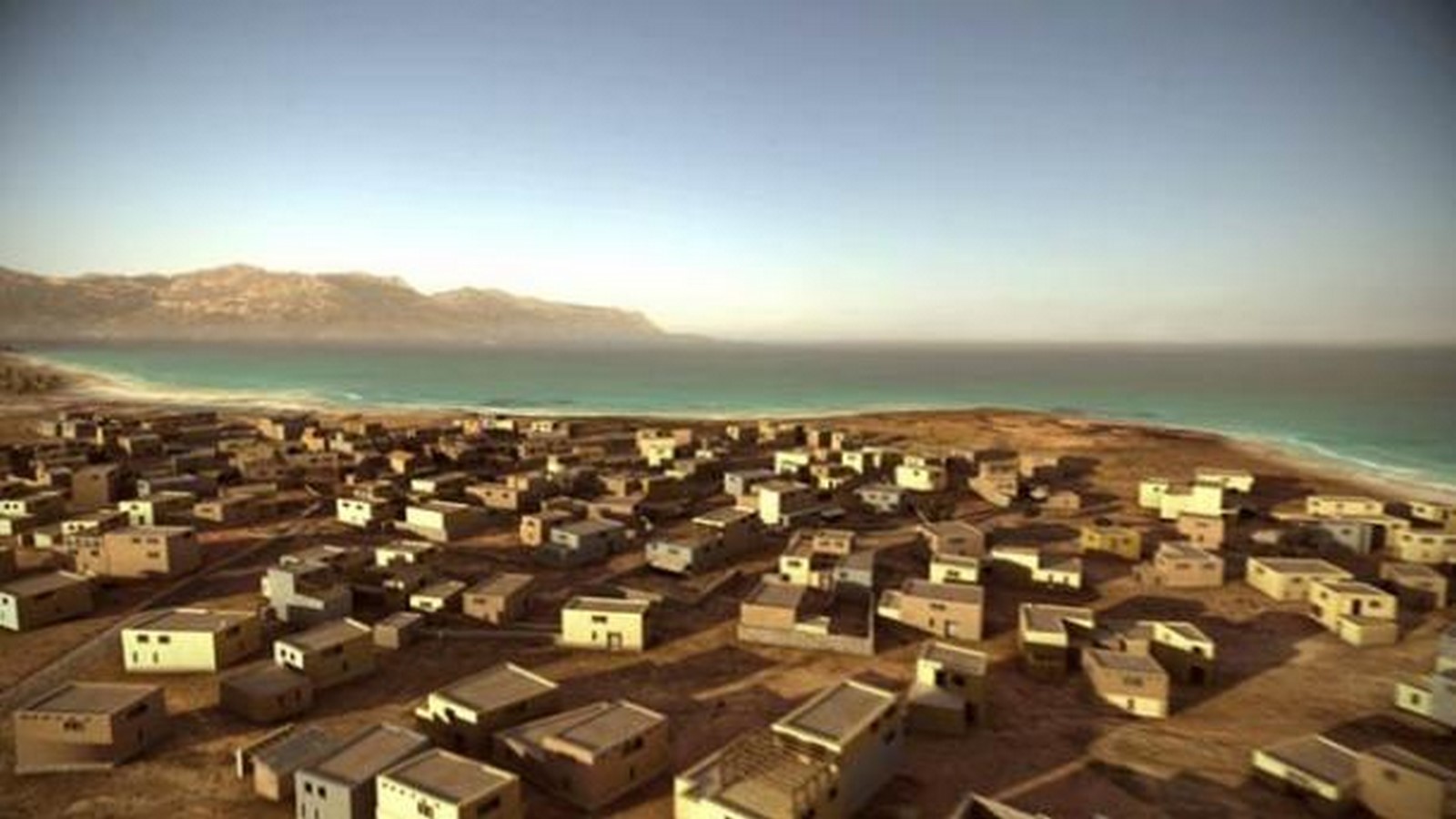

3. Port Royal
Location – Jamaica
Port Royal is known as the most wicked and sinful city of the world. It is located on the south – east coast of Jamaica and was one of the largest European cities in the late 1600s. The city was once colonized by Spanish and then invaded by the English. The city was famous for its alcohol, drinking habits, slave trades, pirates and sex workers on which the economy of the city was depended. When the English invaded the city, they developed it into a mercantile and naval city. At present, the remains of the city lie up to 40 feet underwater.
Destruction – It is said that Port Royal faced divine retribution and punishment by nature for its sinful activities. The island was destroyed on 7th June 1692 by a major earthquake of 7.5 magnitude. Due to the earthquake, the city which was built on sand faced instant liquification and the buildings hit the ground. The earthquake was followed by tsunamis waves and fires, drowning and destroying what was left of the city. 33 Acres out of 51 acres of the city sank underwater. 4 forts were submerged.

Architecture – The city of Port Royal sank into water only after 37 years of its existence. It was colonized by the Spanish in the 1500s who found the city as an ideal place to repair and refit boats. They built a few timber warehouses for this purpose, but the rest of the city was left unattended. When the English invaded it, they realized the importance of the city, and developed it. They fortified the city and built 6 armed forts around which town grew. In the 51 acres of land of the city, there were around 2000 buildings inhabited by around 6500 to 7000 people out of which around 2500 were slaves. The city had vibrant city centers, harbors and expensive goods and was described as a formidable city.
In the excavations done by Edwin Link, fish markets, taverns, ships, lower class houses and thousands of artefacts were found. There were lime streets, commercial centers, well-built multi – storied brick structures and some simple and hastily constructed framed buildings. Most buildings were constructed in brick or timber with plastered floors and multiple rooms. There are remains of doorways, kitchen, yards, shops and storage spaces found in the sunken city. A naval hospital and a dockyard were also a part of the city.
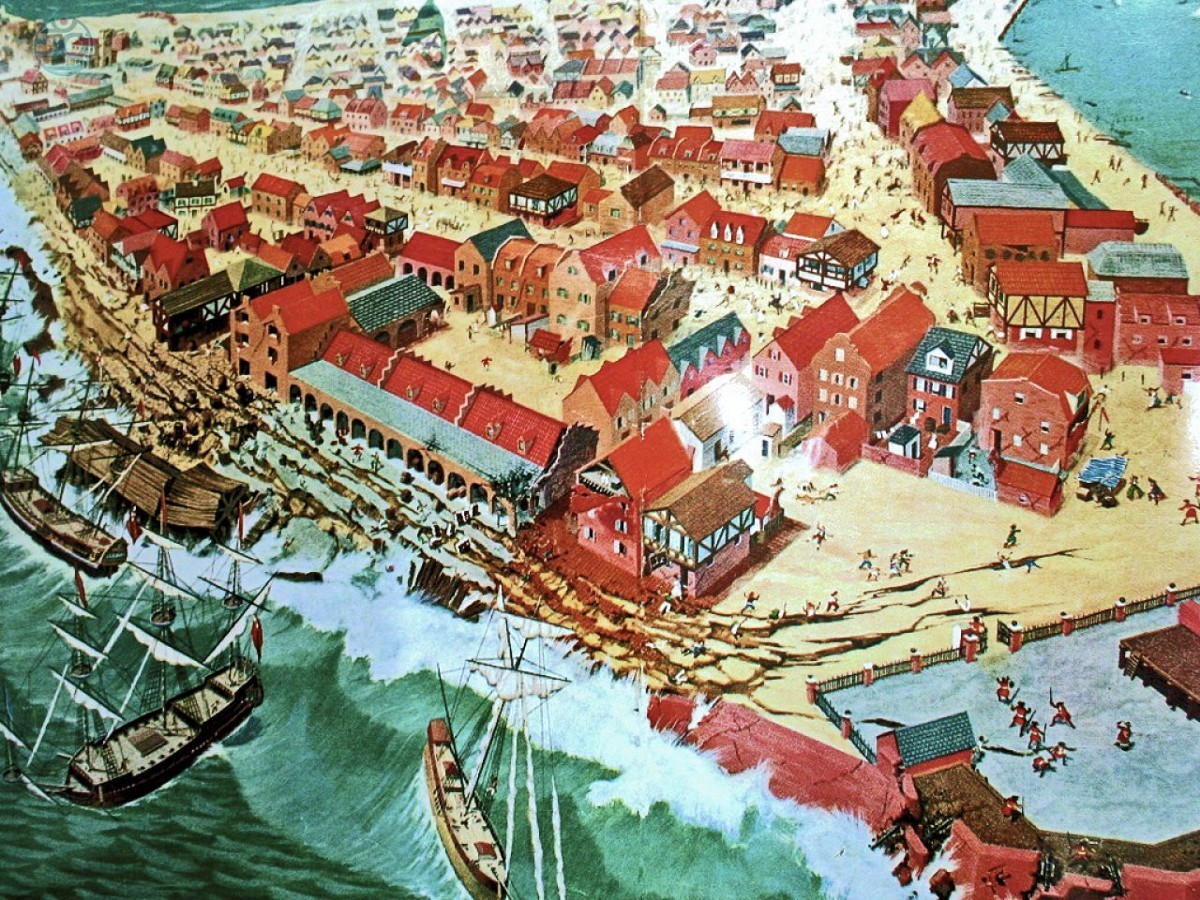
4. Lion City
Location – Zhejiang province, China
Also known as China’s Atlantis, Lion City (Shi Cheng city) is a submerged city in the manmade freshwater lake of Qiandao. It is located in the Zhejiang province of China. The lake was formed after the completion of Xian ‘an river hydroelectric station in 1959. The city has been submerged underwater for more than 50 years and was built during Eastern Han dynasty in around 208 AD.
Flooding – The city was intentionally submerged for the construction of hydroelectric station and dam and was not a result of natural disasters or catastrophes like other sunken cities. Qiandao lake is the manmade lake that was formed and is also known as the lake of thousand islands. Since, the lake is a freshwater lake and the water doesn’t have corrosive properties, the remains of the city are in a good condition and well preserved. Even the wood constructions of the city are well preserved.
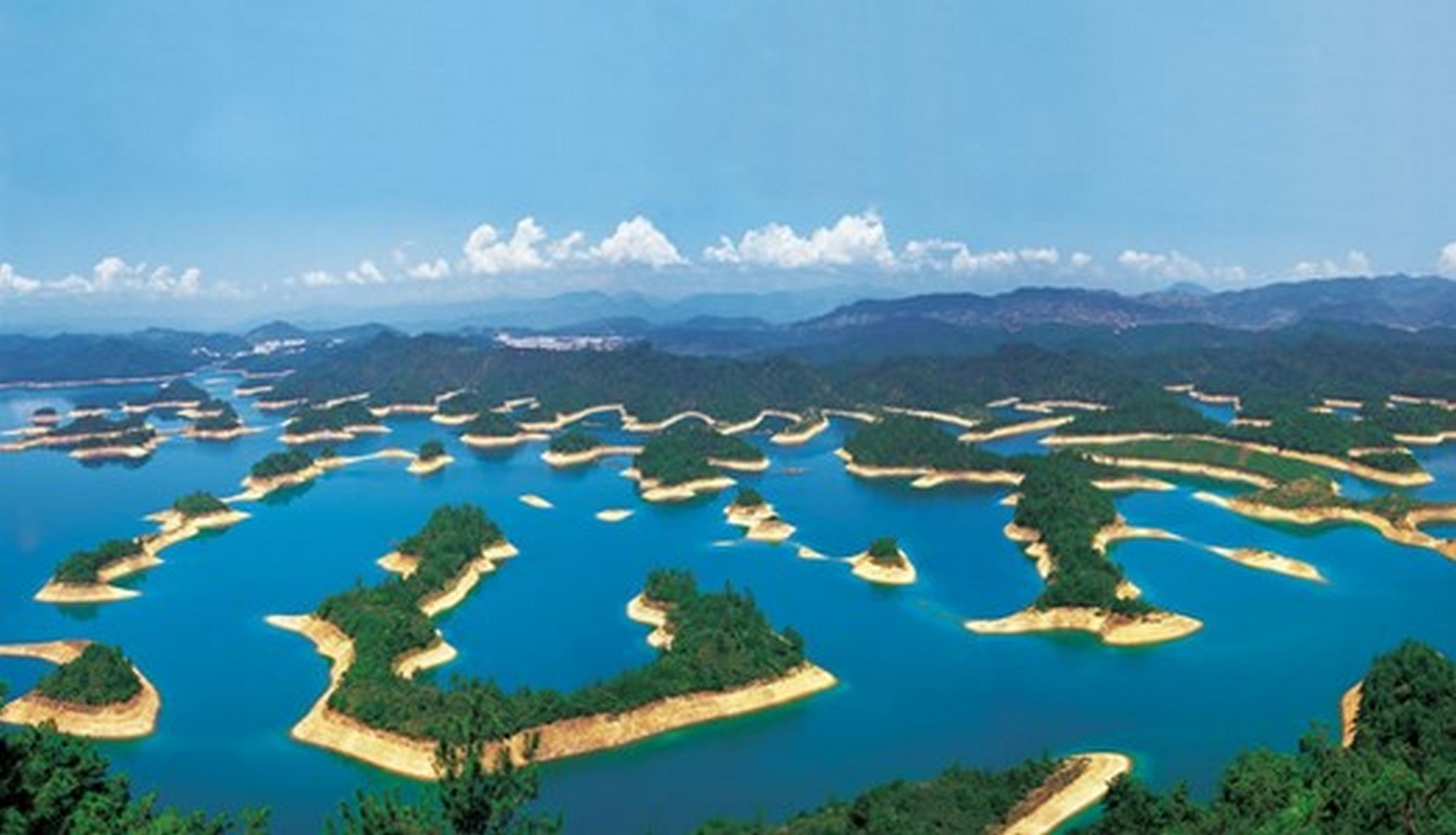
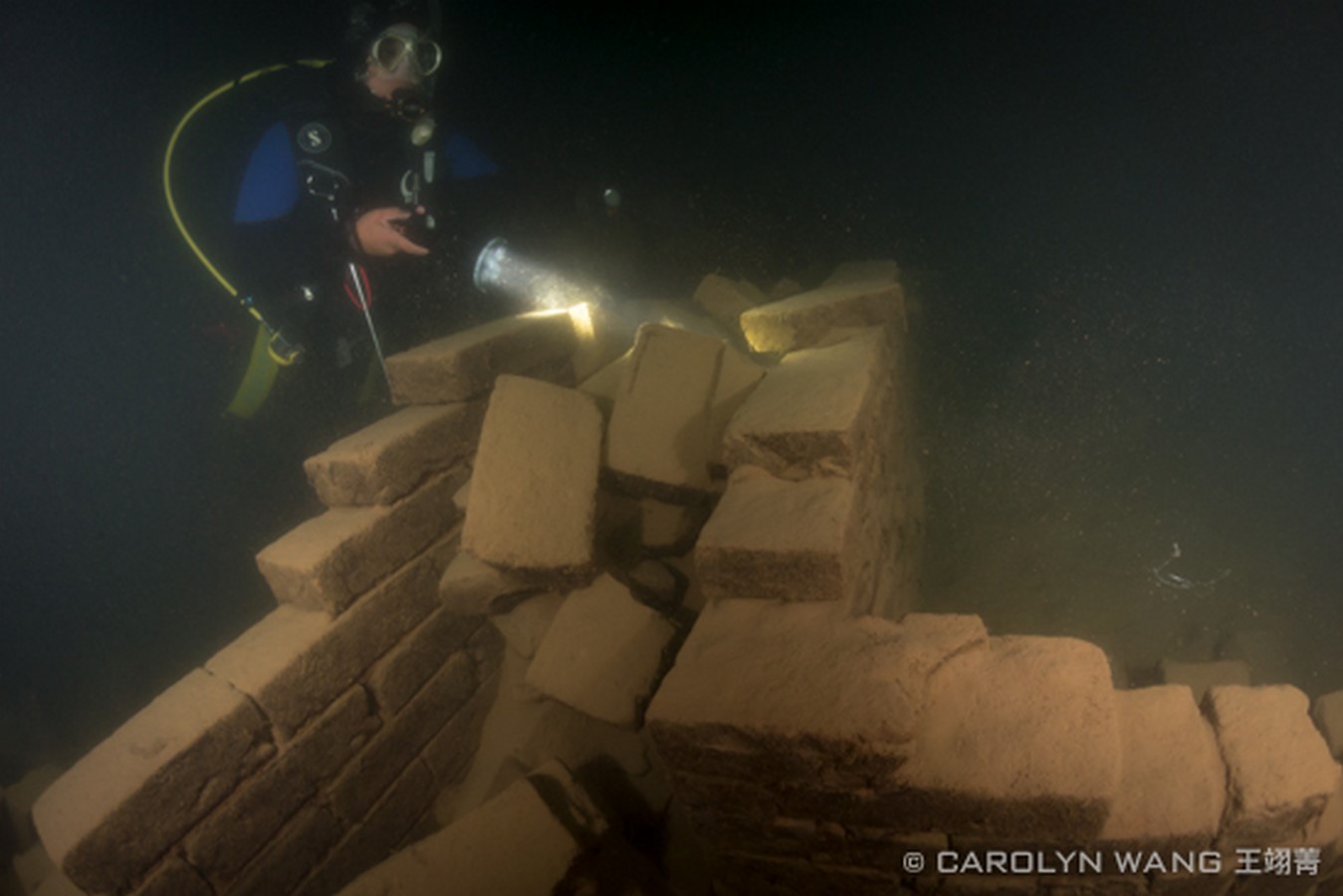
Architecture – The city is 131 feet underwater and was rediscovered in 2001. The architecture and sculptures found underwater are approximately 1300 years old whereas the walls of the underwater city date back to the 16th century. The architecture of the city describes the beliefs of the people living in the city and the traditions used in the temples in ancient China. It was one of the most powerful Chinese gated cities and has 5 gates instead of four. In the sunken city approximately 265 arches, numerous statues, wide streets with archways are found. The structures and the gates of the city are adorned with traditional carvings of beliefs of ancient China which include lions, phoenix, dragons, inscriptions, etc. The city is constructed in stone and wood like other ancient Chinese cities. The city hasn’t been mapped completely till date and research on the city and its historical relics is still going on.
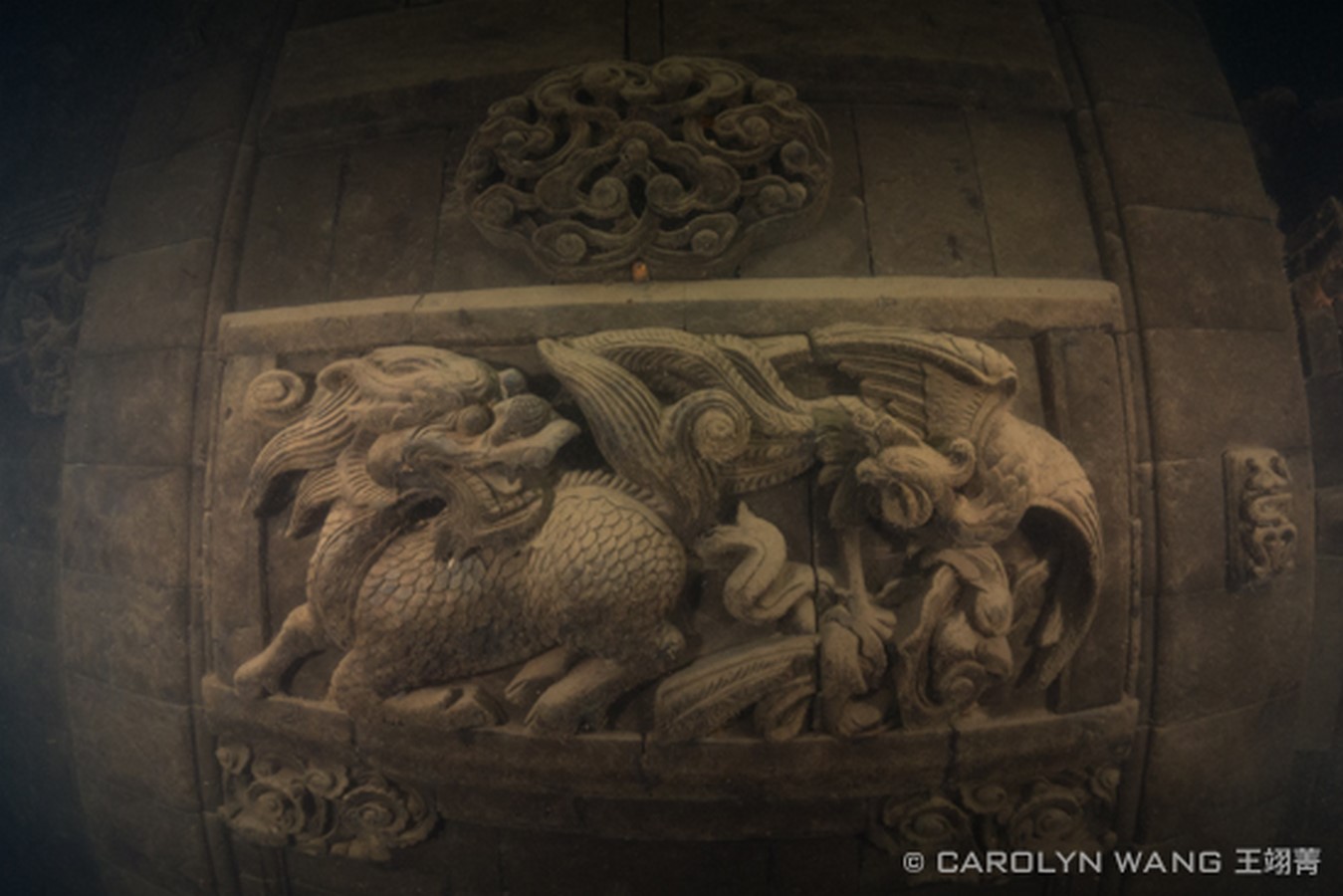

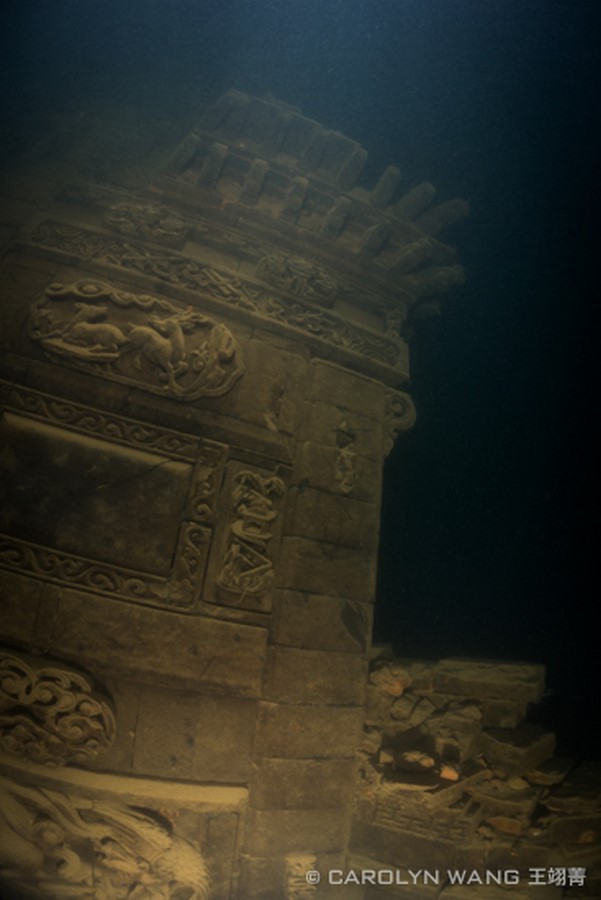
5. Baiae
Location – Naples, Italy
Baiae is also known as the Las Vegas of the ancient Romans. It was a recreational city for the Roman elites located over the volcanic vents. It was famous for its healing properties, hot springs and luxurious baths and spas. At present, it is one of the few underwater archaeological parks in the world. The city is more than 2000 years old and is located approximately 30 km from Naples on Italian west coast.
Destruction – The city was destroyed by Muslim rulers and army in the 8th century and was later abandoned by its people. After the city was emptied, the water level rose slowly and sank various parts of the city due to the same volcanic vents over which the city was located. By the 1500s, the city sank underwater into the Italian bay.
Architecture – The city of Baiae is approximately 6 meters below the shallow Italian waters. Ruins of rotundas, porticos and a famous temple of Venus which had a Sauna were found underwater. Amongst the ruins of the city, Roman columns, ancient roads and paved plazas were found. The statues of Octavia Claudia and Ulysses are seen at the entrance of underwater grottos. The luxurious city is filled with numerous submerged sculptures, remains of mosaic terraces, bath houses, mansions, hotels and restaurants surrounding narrow roads.
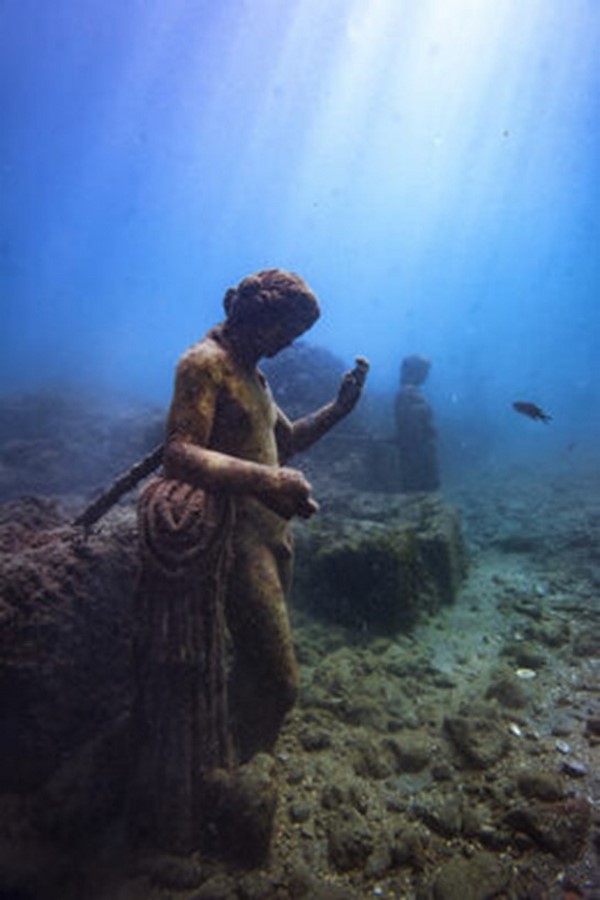

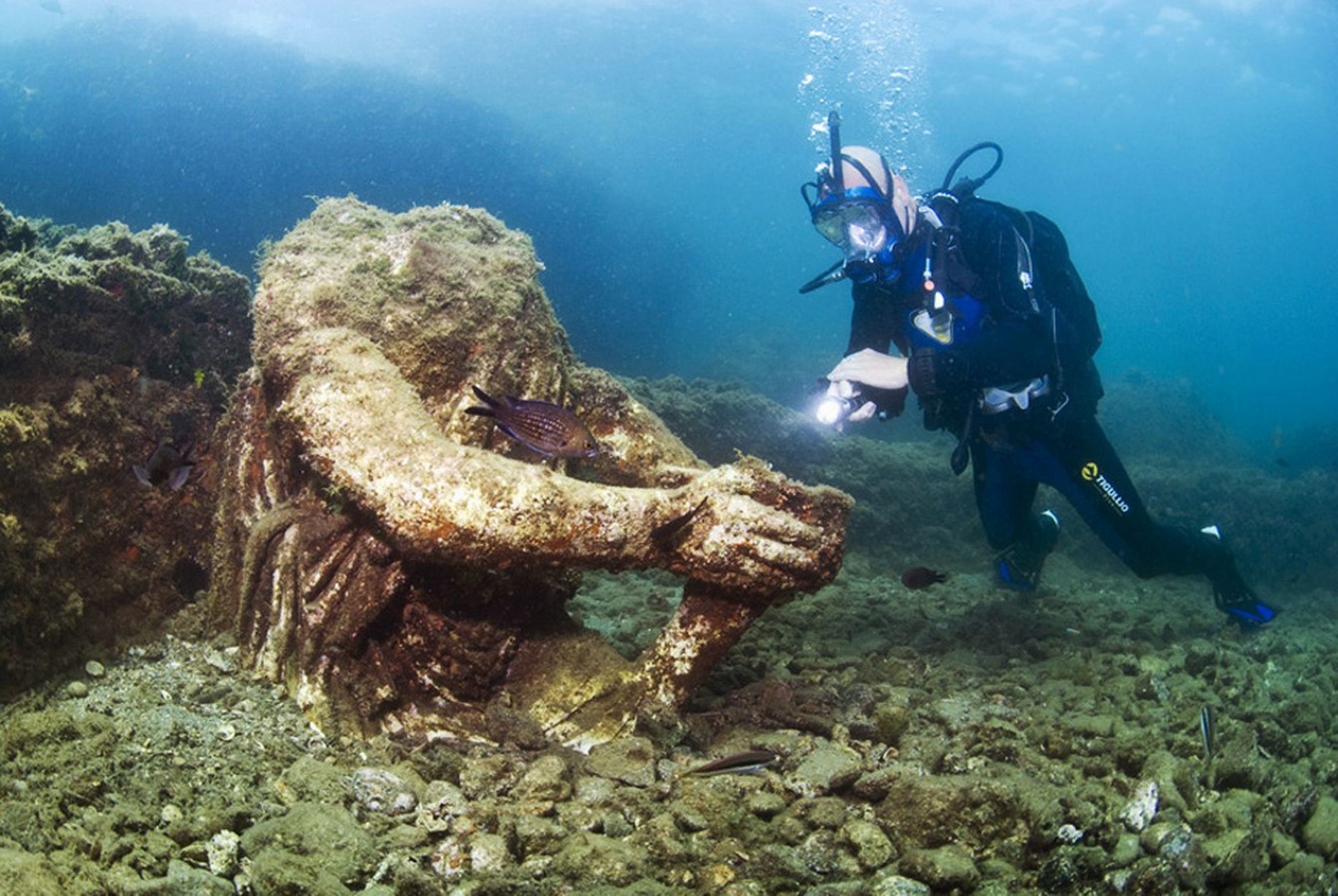
References:
Ancient-origins.net. 2021. Uncovering The Lost City of Helike. [online] Available at: <https://www.ancient-origins.net/ancient-places-europe/uncovering-lost-city-helike-002510> [Accessed 12 April 2021].
World Monuments Fund. 2021. Helike Archaeological Site. [online] Available at: <https://www.wmf.org/project/helike-archaeological-site> [Accessed 12 April 2021].
SecretGreece. 2021. Pavlopetri – The oldest sunken city in the world is revealed!. [online] Available at: <https://www.secret-greece.com/pavlopetri-city-beneath-the-waves/> [Accessed 12 April 2021].
Ancient-origins.net. 2021. Pavlopetri: 5,000-Year-Old Town Discovered Underwater in Greece. [online] Available at: <https://www.ancient-origins.net/ancient-places-europe/oldest-submerged-city-5000-old-sunken-perfectly-designed-city-south-greek> [Accessed 12 April 2021].
Atlas Obscura. 2021. Jamaica’s Sunken Pirate City. [online] Available at: <https://www.atlasobscura.com/places/sunken-pirate-stronghold-at-port-royal> [Accessed 12 April 2021].
Medium. 2021. Medium. [online] Available at: <https://medium.com/@interestingshit/port-royal-the-sunken-pirate-city-in-jamaica-1ecea9291843> [Accessed 12 April 2021].
TheTravel. 2021. China’s Atlantis City: 25 Strange Facts About Lion City. [online] Available at: <https://www.thetravel.com/chinas-atlantis-city-25-strange-facts-about-lion-city/> [Accessed 12 April 2021].
Underwater Photography Guide. 2021. Dive the Ancient Ruins of Lion City at Qiandao Lake. [online] Available at: <https://www.uwphotographyguide.com/dive-qiandao-lake-china> [Accessed 12 April 2021].
Ruggeri, A., 2021. Baiae: A Roman settlement at the bottom of the sea. [online] Bbc.com. Available at: <http://www.bbc.com/travel/story/20200713-baiae-a-roman-settlement-at-the-bottom-of-the-sea> [Accessed 12 April 2021].


